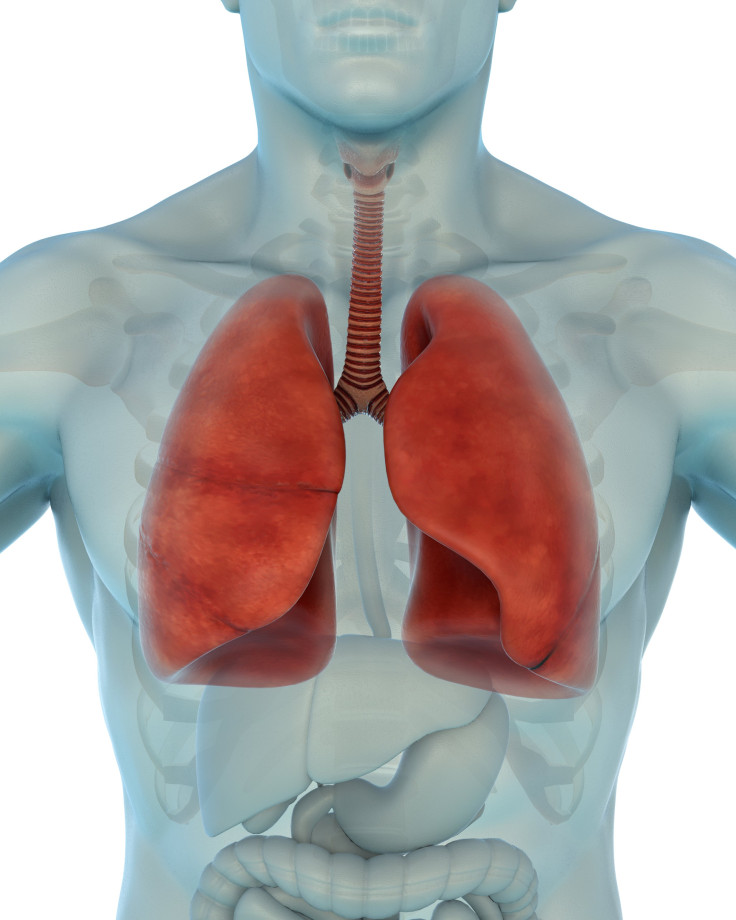‘Organ Care System,’ Medical Device, Allows Lungs To ‘Breathe’ Outside Body Before Transplant

Imagine a lung that continues breathing outside of the body before being transplanted.
The medical device company known as TransMedics has developed an experimental machine called the Organ Care System, which allows doctors to keep lungs “breathing” while they are on their way from the donor’s body to the recipient’s. Currently, when organs are in between transplants, they are typically boxed and placed on ice in a cooler of sorts.
“The cold storage method does not allow for reconditioning of the lungs before transplantation, but this promising ‘breathing lung’ technology enables us to potentially improve the function of the donor lungs before they are placed in the recipient,” Dr. Abbas Ardehali, director of the Ronald Reagan UCLA Medical Center’s heart and lung transplant program, said in a 2012 press release.
When the lungs are inside the Organ Care System, “they are immediately revived to a warm, breathing state and perfused with oxygen and a special solution supplemented with packed red blood cells,” according to the UCLA press release. UCLA is also known for developing the “heart in a box,” a similar technique that keeps a transplant heart beating and warm before transplantation.
In November 2012, a team at UCLA successfully completed the first “breathing lung” transplant on a 57-year-old patient who had pulmonary fibrosis. Pulmonary fibrosis is a disease causing the air sacs of the lungs to be replaced by scar tissue. The patient received two new lungs and recuperated properly afterward.
Lung transplants are typically used for people with end-stage lung disease, for example. Transplants can help relieve symptoms like shortness of breath, and the breathing lung method could improve the entire process overall. “Organs were never meant to be frozen on ice,” Ardehali said. “Lungs are very sensitive and can easily be damaged during the donation process. The cold storage method does not allow for reconditioning of the lungs before transplantation, but this promising ‘breathing lung’ technology enables us to potentially improve the function of the donor lungs before they are placed in the recipient.”
When placed on ice, organs stop functioning and ultimately begin to deteriorate. So doctors only have up to 10 hours to rush the organ from the donor to the recipient. Sometimes, organs can go to waste if it takes too long. Ardehali mentions that every year, up to 30 or 40 hearts in Hawaii are unused because there isn’t enough time to transport them to the mainland.
The Organ Care System is still being investigated and tested to ensure safety and efficacy. Previously, a study was published in the journal The Lancet which concluded that the OCS lung technique safely preserved the organs, “resulting in complete organ use and successful transplantation in our series of high-risk recipients.”
According to the TransMedics website, the OCS machine is currently commercially available in Europe as well as Australia and is being used in clinical settings. Clinical trials in the U.S., meanwhile, are expected to begin soon.
Watch the video below for more information on the Organ Care System:



























